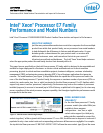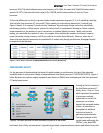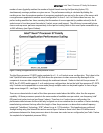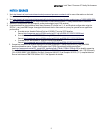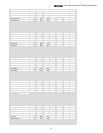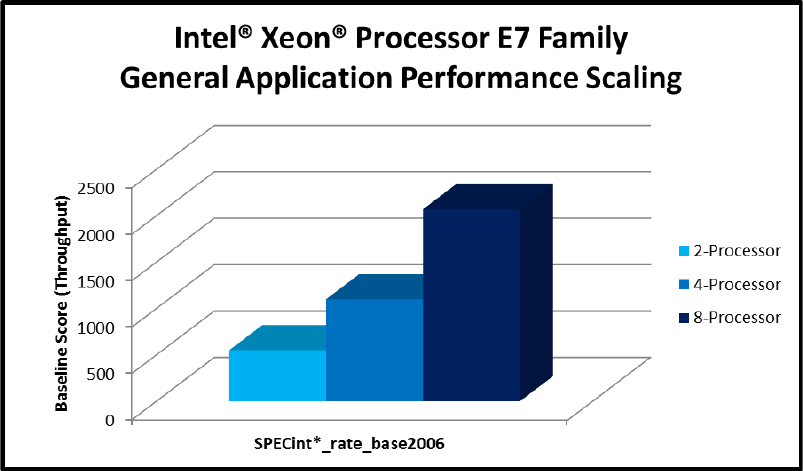
White Paper
Intel® Xeon® Processor E7 Family Performance
3
number of users (typically matches the number of logical threads seen by the Operating System, OS)
simultaneously running a problem on a given server. The performance scaling is calculated by dividing the
resulting score from the maximum number of processors populated in one server by the score of the server with
n-way processors populated in another server configuration. So from 2- to 4- to 8-socket-based servers, the
perfect scaling would be four times, meaning that the number of users supported (or problems solved) in the 8-
socket server is four times more than what a 2-socket server could support. The efficiency is measured by how
close a scale-up server performs comparatively to that perfect scaling, which in this case is quite reasonable at up
to 94% efficiency (see Figure 4 below).
Figure 4 - Scaling of supported users on multi-processor servers
4
The Intel Xeon processor E7-8870 can be populated in a 2-, 4-, or 8-socket server configuration. This is due to the
Intel® QuickPath Interconnect (Intel® QPI) that allows the processors to share resources by allowing all of the
components to access other components through the mainboard network. Similar to the Intel Xeon processor E7-
8870, the E7-4870 model supports 2- or 4-socket server configurations; but on the Intel Xeon processor E7-2870,
only 2-sockets can be populated in a server node (though multiple nodes can be joined together to form a larger
single server image ≥2S – see Figure 3 above).
There are no characteristics in each of the three processors noted above that differ, other than the wayness
capability. All three processors operate in the same number of available cores per socket, core frequency, Intel®
QPI speed, and cache structure (see Figure 2 above). Therefore, in a 2-socket server configuration, the
performance delta between the three will only be typical run-to-run variation due to a number of factors including
manufacturing variances that may affect the length of time the processors run above their marked frequency
using Intel® TurboBoost Technology. SPEC* allows for up to 1.75% variation. This hypothesis was confirmed
through testing using Intel internal labs and as seen in Figure 5 below as there is less than 0.5% difference in
performance between the three processors when in the same two-socket server configuration (see Table 1 below
for complete list of equivalent processor SKUs).
2-socket
Servers
4-socket
Servers
8-socket
Servers



